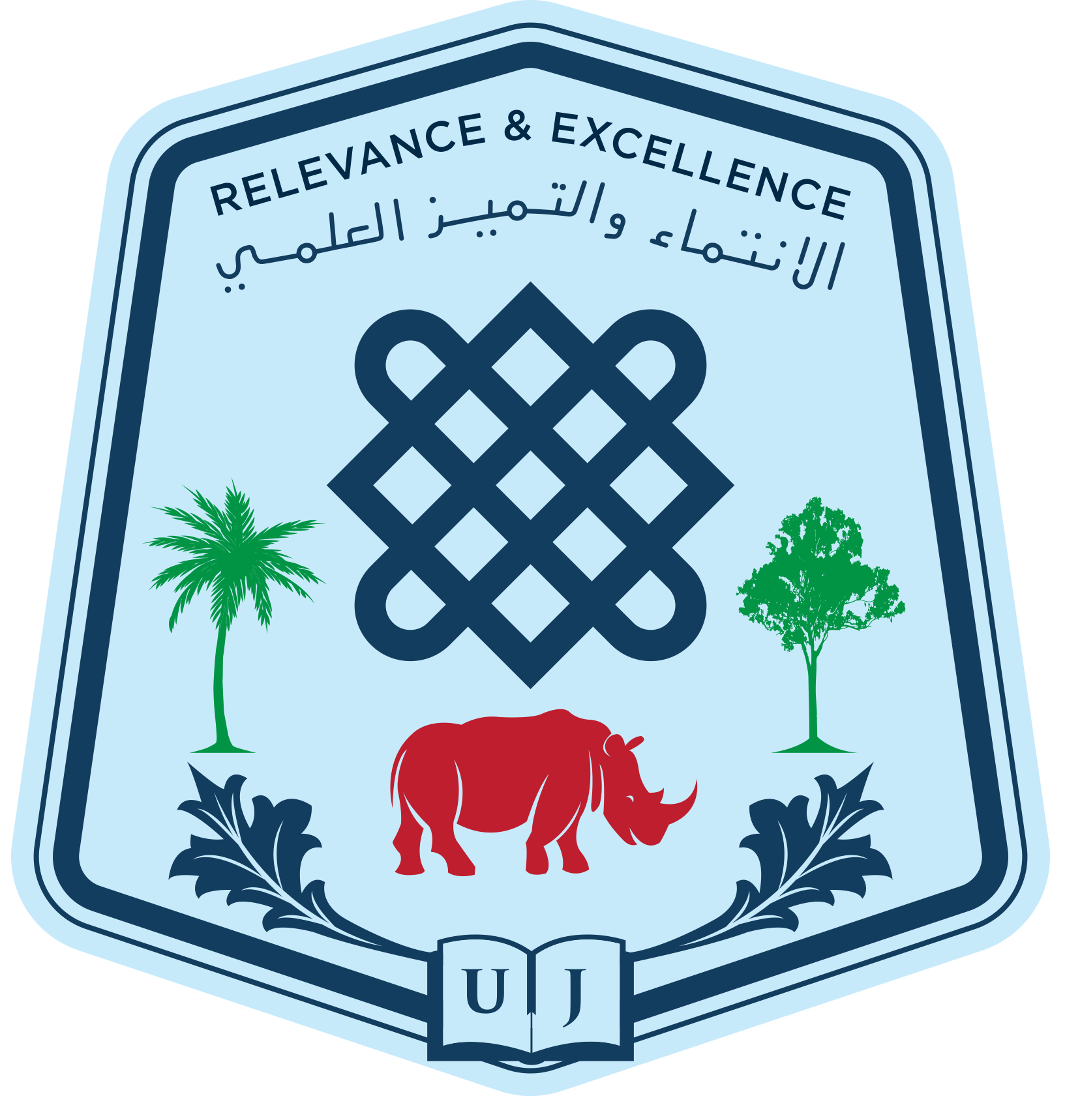BENANSIO et al.,
Abstract.
A survey conducted in Terekeka, Mangalla and Gemeiza, payams of Central Equatoria in South Sudan using face to face interviews, structured questionnaire and focused group discussion provided information on income generating strategies of fishing communities. These included: full time or part time fishing, small-scale farming, cattle breeding and firewood collection. Stationary gill nets were the dominant type of fishing gear, followed by monofilament, hook and long line, cast nets, spears and harpoons. Fishing vessels included planked canoes, steel boats and fibreglass. The best fishing months were August, September, followed by May. Main species caught included large bodied potamodromous predators adapted to channel habitats, as well as floodplain migrants. Overall, the fish community appeared to be at equilibrium, with no evidence of impacts due to excessive catch efforts. The good health of the local fishery is related to the high resilience of South Sudanese aquatic ecosystems, as well as to the low potential of fish capture in a country disrupted by war and lack of security. Our results support the view that Sudd swamp fish communities significantly contribute to Nile River biodiversity.
Keywords: fishing communities, fish diversity, fishing impact, White Nile River, fishing-down
Download the PDF FISH COMMUNITY COMPOSITION INDICATES LOW IMPACT OF CAPTURE EFFORTS IN THE SUDD WETLANDS OF SOUTH SUDAN
